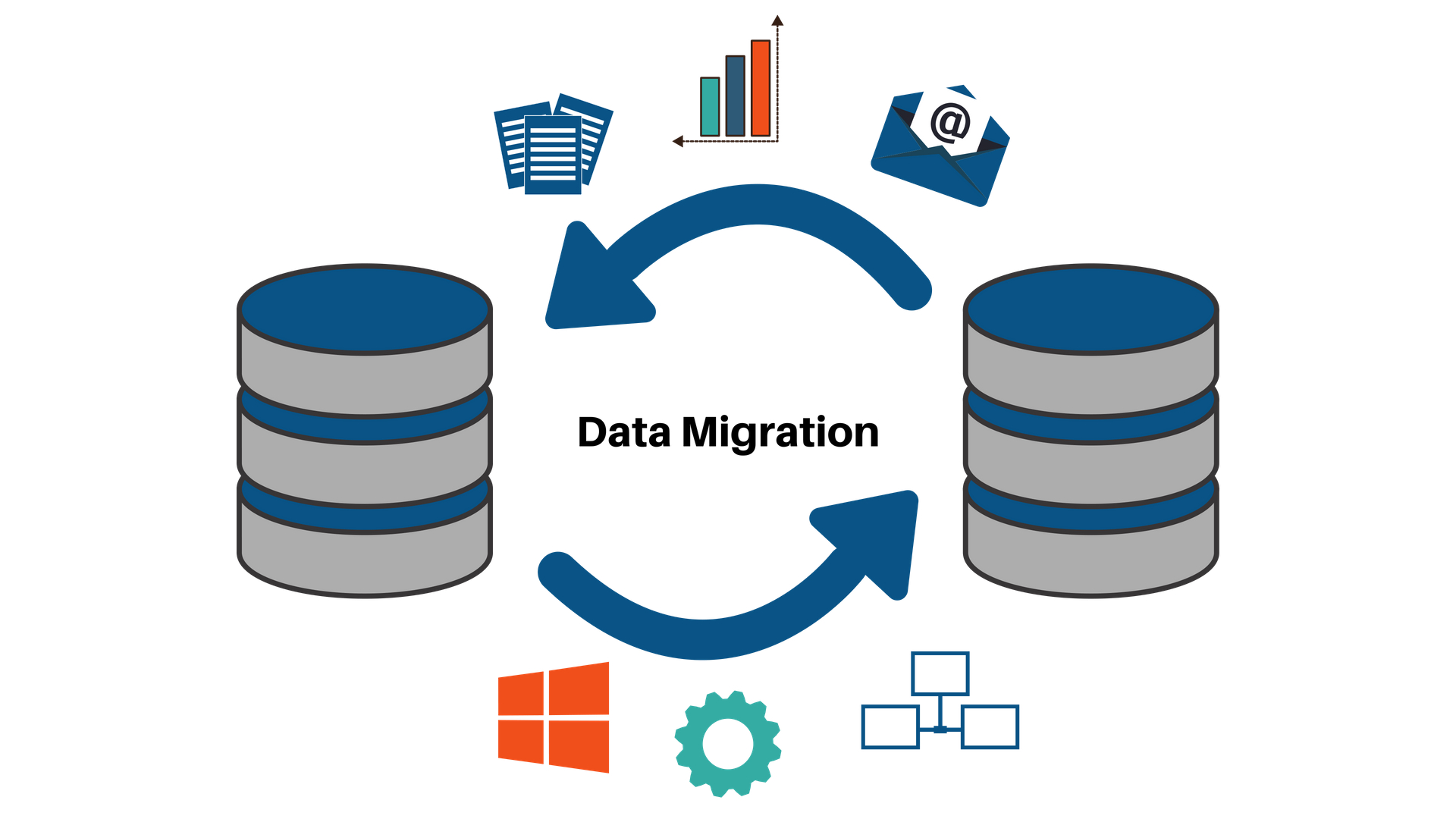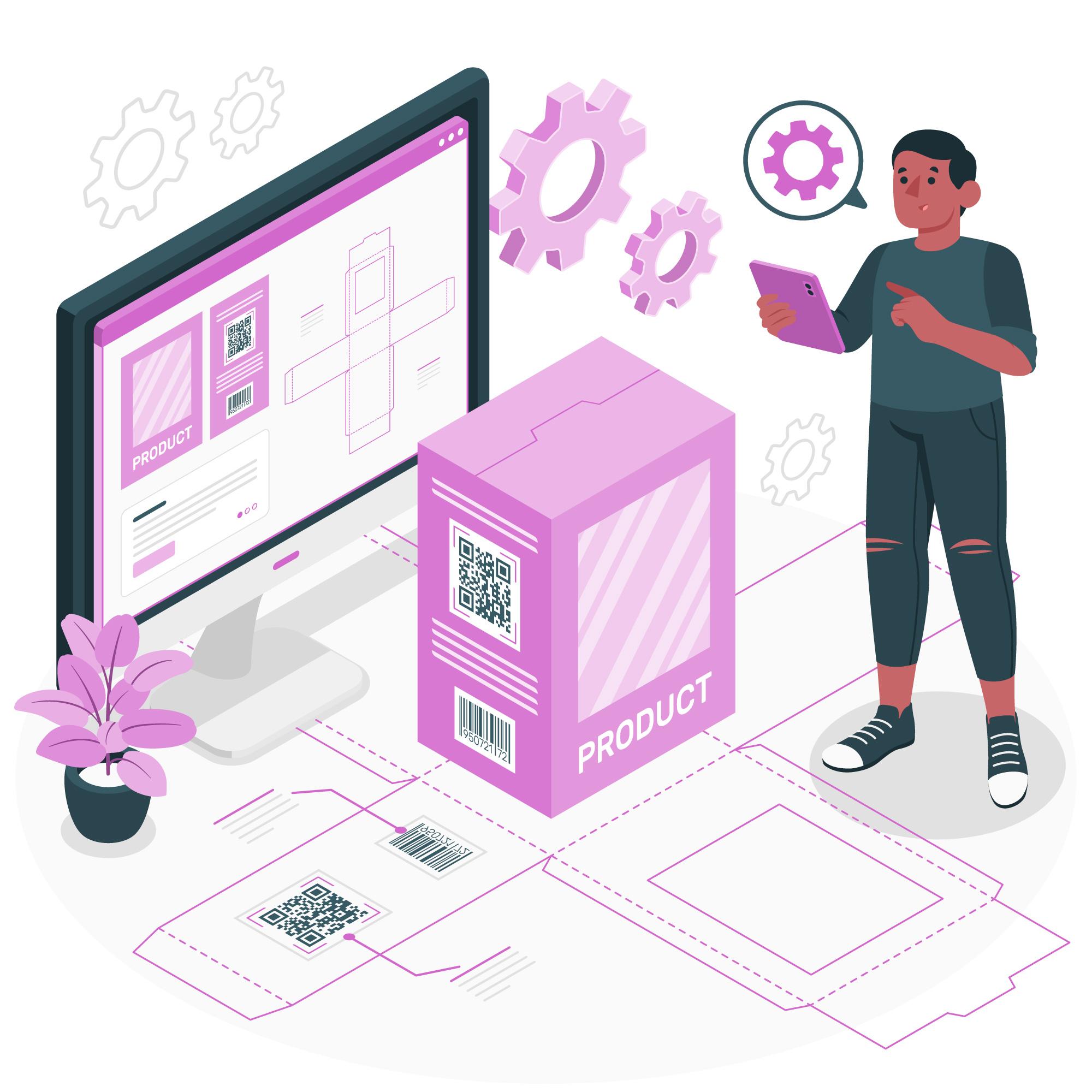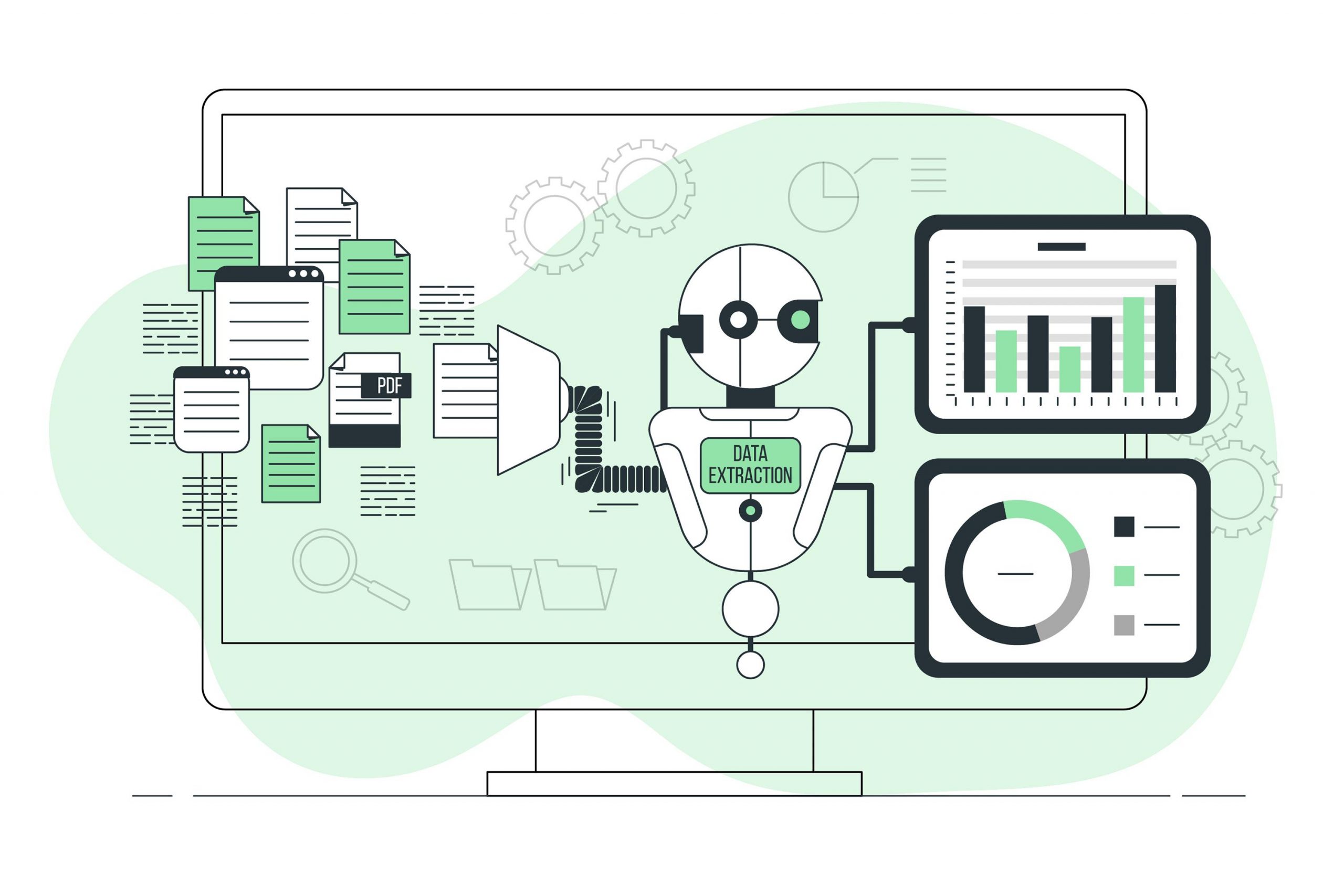Data migration is the process of moving data from one location, format, or system to another. The goal of data integration is to provide a comprehensive and unified view of data, allowing organizations to gain insights, make informed decisions, and support various business processes more effectively.
Best practices for Successful data migration:
Successful data migration is critical for organizations looking to move data from one system to another while minimizing risks and ensuring data accuracy and integrity.
- PLAN THOROUGHLY: Start with a well-defined data migration plan that outlines objectives, scope, timelines, and responsibilities.
- DATA ASSESSMENT: Conduct a comprehensive assessment of your existing data, including quality, accuracy, and completeness.
- DATA CLEANING AND TRANSFORMATION: Cleanse and normalize your data to ensure consistency and accuracy. Transform data as needed to fit the structure and format of the new system.
- SELECT RIGHT TOOL: Choose appropriate data migration tools or software that align with your requirements.
- DATA MAPPING: Create a detailed data mapping document that defines the source-to-destination relationships for each data element.
- BACKUP AND DISASTER RECOVERY: Prioritize data backup and establish disaster recovery plans to mitigate the risk of data loss during migration.
- TESTING: Test for data integrity, accuracy, and system performance.
- DATA GOVERNANCE: Implement data governance practices to maintain data quality and consistency in the long term.
- DATA VALIDATION: Implement data validation checks to ensure the migrated data meets quality standards.
- DOCUMENTATION: Keep detailed records of the entire migration process, including decisions made, issues encountered, and resolutions applied.
- COMPLIANCE AND SECURITY: Pay special attention to data security during migration to prevent breaches.
- FEEDBACK AND CONTINUOUS IMPROVEMENT: Encourage feedback from all stakeholders and use it to improve future data migration processes.

Any NetSuite ERP implementation requires a strong data migration strategy. Having a robust data migration strategy in the beginning eliminates potential risks in Data reporting, re-work and time investment. STREAMS has revolutionized data migration by offering real-time, automated, and highly efficient data transfer with predefined templates and best practices based on learnings from our experts.
Businesses can enjoy faster delivery times, reduced costs, and improved data quality, making data migration a much more straightforward and agile process. This technological advancement is a game-changer for organizations looking to stay competitive in today’s data-driven world. We have end-to-end system knowledge with predefined templates ready-to-use which play a vital role in delivery.
Do you have more questions regarding Data Migration, and NetSuite financial system? Drop your query and unlock the full potential of your business with the help of our NetSuite experts. We at STREAMS, implement, customize, integrate, and administrate NetSuite accounts and support in utilizing its whole productivity and consequently increasing revenue.





